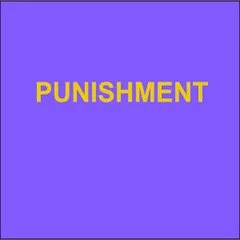By Mia Schlicht
Australia’s reliance on incarceration as the default punishment for a wide range of offences has come at a significant financial cost to taxpayers whilst failing to improve community safety. This report outlines the cost of prisons, trends in incarnation, the incarceration of non-violent offenders and recommendations for reform.
Key findings
State and federal governments are now spending $6.8 billion each year on prisons, with spending having increased by 50% in 10 years.
Incarceration costs Australian taxpayers $436 per prisoner per day, or $159,510 per prisoner per year.
Governments spend up to $2.6 billion on imprisoning offenders who pose minimal risk to community safety.
The reliance on incarcerating non-violent offenders is straining prison capacity.
In the longer term, prison capacity concerns can only be resolved by adding new capacity or by sentencing reform.
Sentencing non-violent offenders to alternatives to incarceration would reduce taxpayer expenses and improve community safety by reallocating resources to crime prevention.
Key recommendations
Offender employment programs to address Australia’s worker shortage.
Financial sanctions (‘offender super-taxation levy’).
Technological incarceration such as electronic monitoring should be advanced as a criminal sanction.
Melbourne: Institute of Public Affairs, 2025. 20p.



